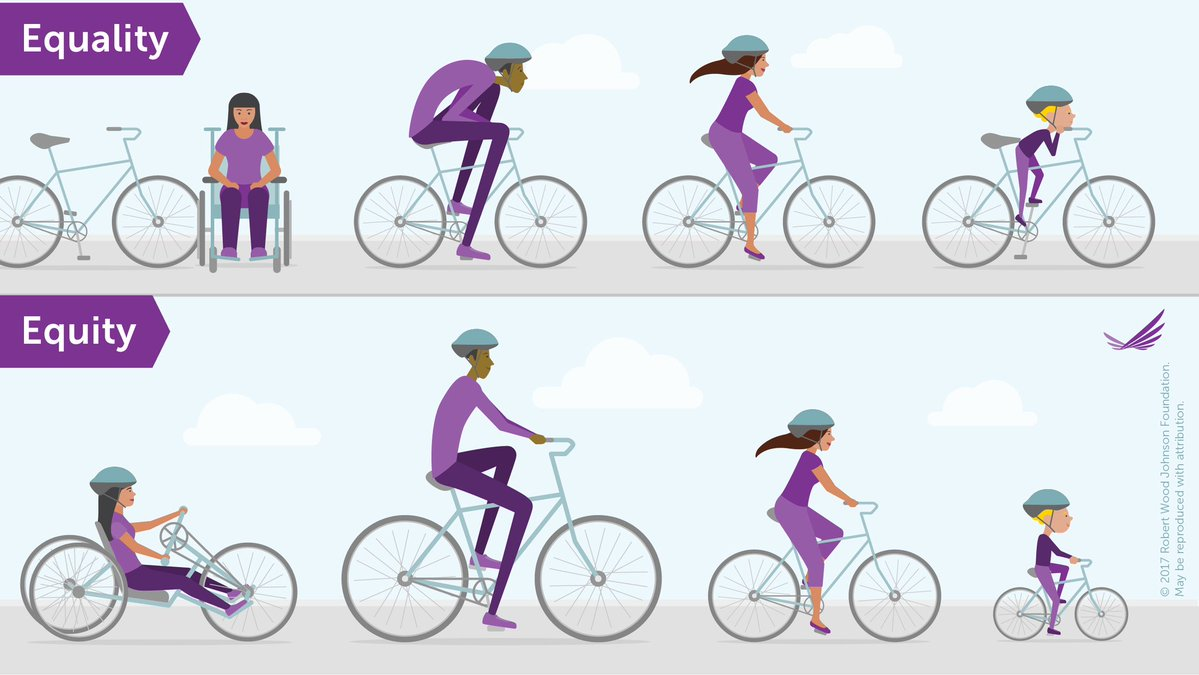Everyone Belongs Here
Diversity and inclusivity lie at the heart of our organizational values, driving our commitment to fostering an equitable and welcoming environment for all patients and employees.
At EDCare, we understand that eating disorders can affect anyone. We are dedicated to addressing the disparities in diagnosis and treatment faced by individuals in the Black, Indigenous, and People of Color (BIPOC) communities, the LGBTQ+ community, and those in larger bodies. Acknowledging the systemic challenges these communities encounter, we are steadfast in our mission to bridge the gaps in access to quality mental health services.
Our endeavor to create a more inclusive culture is reflected in our treatment approach, which is tailored to meet the unique needs of every individual who walks through our doors. EDCare upholds a comprehensive standard of care that is sensitive and responsive to the diverse backgrounds and experiences of our valued patients.
What Diversity, Equity, and Inclusion Mean to EDCare
Diversity, equity, and inclusion are values to which EDCare employees have a strong commitment. As the DEI Committee, we have developed definitions that best reflect what these words mean to us and how we hope for them to show up at our treatment centers.

Diversity encompasses all the ways in which people differ. This includes, but is not limited to, race, body size, disability, religion, sexual orientation, and gender, as well as diversity of thoughts, ideas, and values.

Equity is the fair opportunity for all people, created by those who are willing to identify and eliminate barriers. Improving equity involves increasing justice and fairness within the procedures of EDCare and requires an understanding of how historical trauma plays a role in the root causes of outcome disparities.
–

Inclusion is the act of creating safe environments that embrace differences and offer respect in both words and actions for all people.
At EDCare, diversity looks like:
- Honoring the various identities of the people we serve and our staff by being aware of their unique needs.
- Incorporating important aspects of identity in how we approach treatment in nuanced and clinically effective ways, without ascribing to a “one size fits all” approach.
- Offering groups such as weight stigma, and gender & sexuality as a way to address and explore the intersections of identity.
At EDCare, equity looks like:
- Taking a wide variety of insurances, like Colorado Medicaid and TRICARE, to meet the needs of those who might otherwise not be able to access treatment.
- Admissions teams across all sites go to great lengths to advocate for patient care.
At EDCare, inclusion looks like:
- In-services on culturally sensitive topics, such as weight stigma, Health at Every Size & Weight Oppression, White Fragility, and a two-part series from Queer Asterisk
- Employee willingness to engage in open conversations without judgment
Equality = Sameness
The assumption that everyone benefits from the same tools, resources, and type of assistance.
Bike Example: everyone gets the same bike regardless of individual needs and differences. One size fits all mentality.
Equity = Fairness
Everyone get the tools, resources, and type of assistance that fits their individual needs.
Bike Example: everyone has access to a bike that fits their individual needs.

